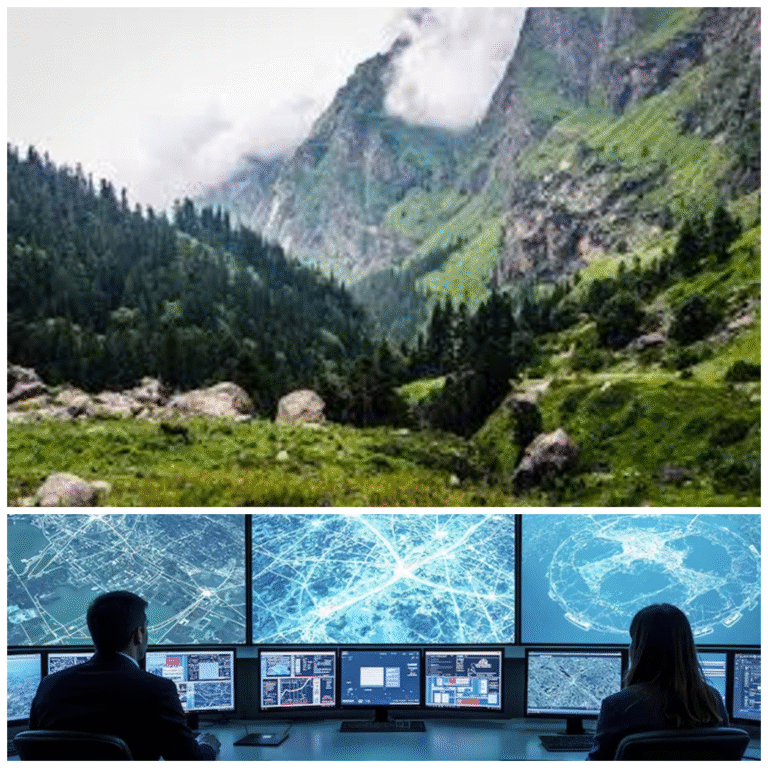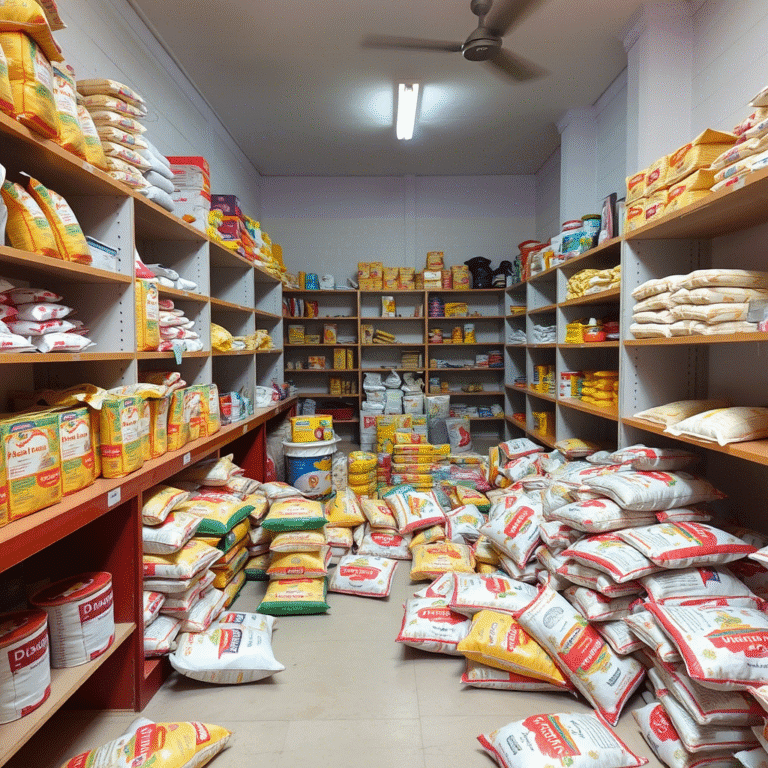
Tucked away amidst the majestic snow-capped peaks of the Himalayas, Katrain is slowly but surely carving its identity on the map of Himachal Pradesh—not just as a picturesque destination, but also as a burgeoning commercial and tourist hotspot. Located near the popular hill station of Manali, Katrain has been witnessing a remarkable transformation thanks to infrastructural developments like the new highway cleared by the National Highways Authority of India (NHAI). With its serene environment, strategic location, and rich cultural heritage, Katrain is emerging as a key center for commerce, tourism, and regional connectivity.
A Strategic Location with Natural Beauty
Katrain lies approximately 10 kilometers from Manali, nestled in the Kullu district of Himachal Pradesh. Known for being one of the widest plains in the entire region, Katrain offers panoramic views of snow-clad mountains throughout the year. This unique geographical advantage makes it not only a visual treat for travelers but also an ideal spot for long-term infrastructure planning.
The area’s natural beauty—lush green valleys, pine forests, and snow-draped peaks—creates a cozy and peaceful atmosphere that attracts nature lovers, photographers, adventurers, and spiritual seekers alike. It’s no wonder that more tourists are choosing to explore this lesser-known gem instead of the often-crowded streets of Manali.
The Game-Changer: NHAI Highway Development
The recent clearance of a new highway by the NHAI has acted as a catalyst for Katrain’s growth. Improved road connectivity has made the town easily accessible not only to domestic tourists but also to business investors looking to tap into the potential of the region. This highway significantly reduces travel time between Manali and other parts of Kullu Valley, making Katrain a crucial transit point for both commercial and tourist traffic.
With smoother roads and better connectivity, several businesses have already set up shop in Katrain, including hotels, resorts, cafes, adventure sports agencies, and transportation hubs. The local administration is also eyeing the possibility of setting up industrial units and logistics centers due to the town’s central location within the district.
A Booming Tourist Destination
While Katrain may still be relatively unknown compared to its neighbor Manali, it is fast becoming a favorite among travelers seeking peace and tranquility. Unlike the bustling markets and crowded lanes of Manali, Katrain offers a quieter, more immersive experience of Himalayan life.
Tourists can indulge in activities such as trekking, camping, paragliding, and river rafting in nearby areas. The proximity to Solang Valley, Rohtang Pass, and Gulaba adds to its appeal. Additionally, Katrain serves as a gateway to some lesser-explored trails leading into the Lahaul-Spiti region, making it a promising base for backpackers and solo travelers.
One of the most captivating aspects of Katrain is its weather. Being at a moderate altitude, it enjoys pleasant summers and snowy winters without extreme cold, making it a year-round destination.
Rich Cultural and Historical Significance
Beyond its natural charm and modern development, Katrain holds historical and cultural significance. The region has been part of the ancient trade routes connecting the plains of India with the trans-Himalayan regions. Its proximity to Kullu, known for its vibrant festivals and temples, allows visitors to experience the cultural richness of the area.
Kullu is famous for its Dussehra festival, which is celebrated with grandeur and devotion. Katrain, being centrally located in the district, becomes a convenient stay option during such events. Local fairs, folk dances, and traditional handicrafts offer insights into the lives of the indigenous communities who have inhabited these hills for centuries.
Moreover, the region is dotted with ancient shrines and temples, reflecting the deep-rooted spiritualism of the people. Pilgrims often pass through Katrain on their way to important religious sites like Manikaran Sahib and Kasol, further enhancing its relevance in the regional circuit.
Future Prospects: A Vision for Sustainable Growth
Given its natural resources, strategic location, and improving infrastructure, Katrain presents immense potential for sustainable development. The Himachal Pradesh government can leverage this opportunity to build eco-friendly accommodations, promote homestays, and develop community-based tourism models that benefit local populations.
Investments in healthcare, education, and digital infrastructure will not only support the growing population but also attract professionals and entrepreneurs to relocate or invest in the region. Planning for smart city initiatives, renewable energy projects, and waste management systems can ensure that Katrain’s growth remains environmentally responsible.
Katrain, once a quiet hamlet in the lap of the Himalayas, is now stepping into the spotlight. With the combined blessings of nature, improved connectivity, and proactive governance, it is transforming into a vibrant commercial and tourist hub near Manali. As more people discover its charms, Katrain stands poised to become a model for balanced development in the mountains—one that harmonizes economic progress with ecological preservation.
For travelers seeking unspoiled beauty and investors eyeing untapped potential, Katrain is no longer just a stopover—it’s a destination worth exploring and investing in.





